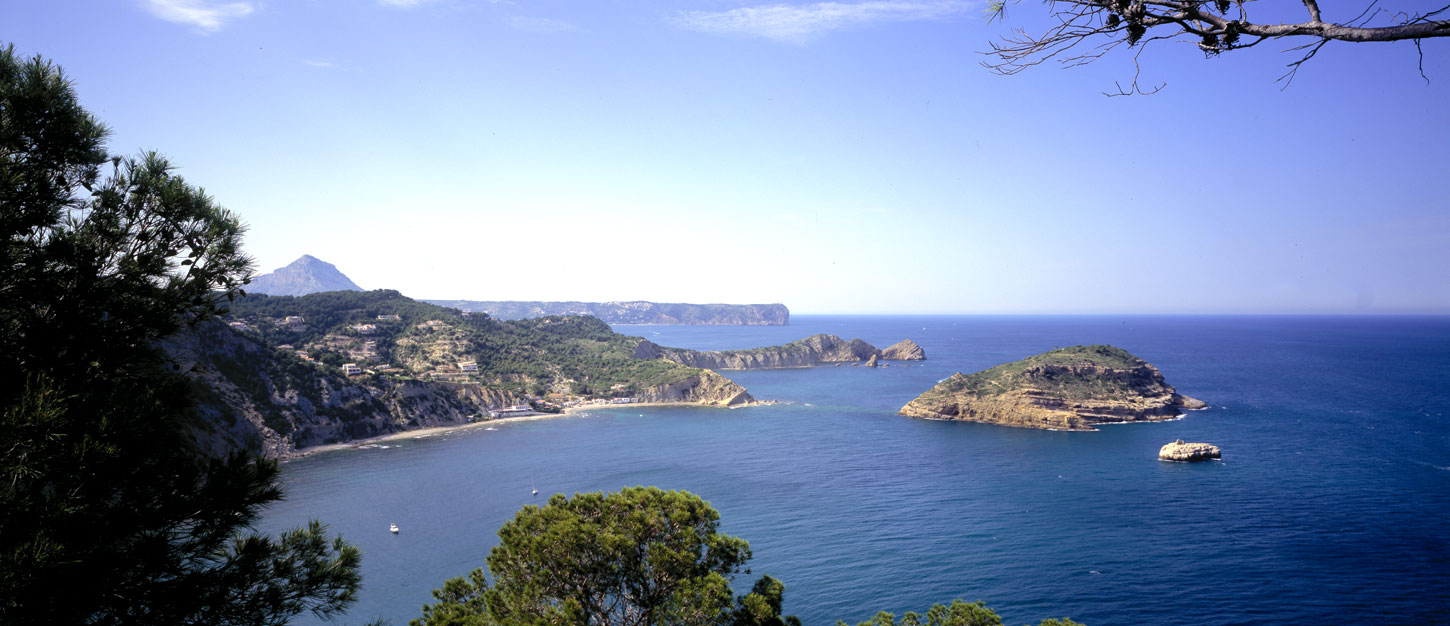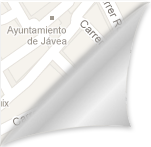

The ancient city walls of Xàbia
The city of Xàbia was protected and surrounded by fortified walls since 1874, the year which marked the definitive demolition of the defensive walls now surrounded by the present day ring roads. Hundreds of years previously, the early historical city centre of Xàbia possessed a defensive wall fortification since the beginning of the 14th Century of which now hardly any evidence remains.
The detected ruins in this sector of the Avenida Príncipe de Asturias, the old ring road known as the “muralla de arriba” (upper wall), correspond to the wall, three buttress embankments which formed a type of barbican or rampart built at a relatively recent time in the early 19th Century; probably when the “new doorway” or Portal Nou was opened (18th of May 1805), or perhaps as a consequence of the Napoleonic war.
These wall-faces, which have only conserved a 40/50 cm height today, are made with limestone masonry which were crafted with lime-based mortar, which used the local “tosca” (sandstone) blocks in the front section of the buttress embankments.
The modern architectural intervention has consisted in consolidating and protecting the original work, which have raised the wall-faces approx. 60 cm to make them more visible.
















